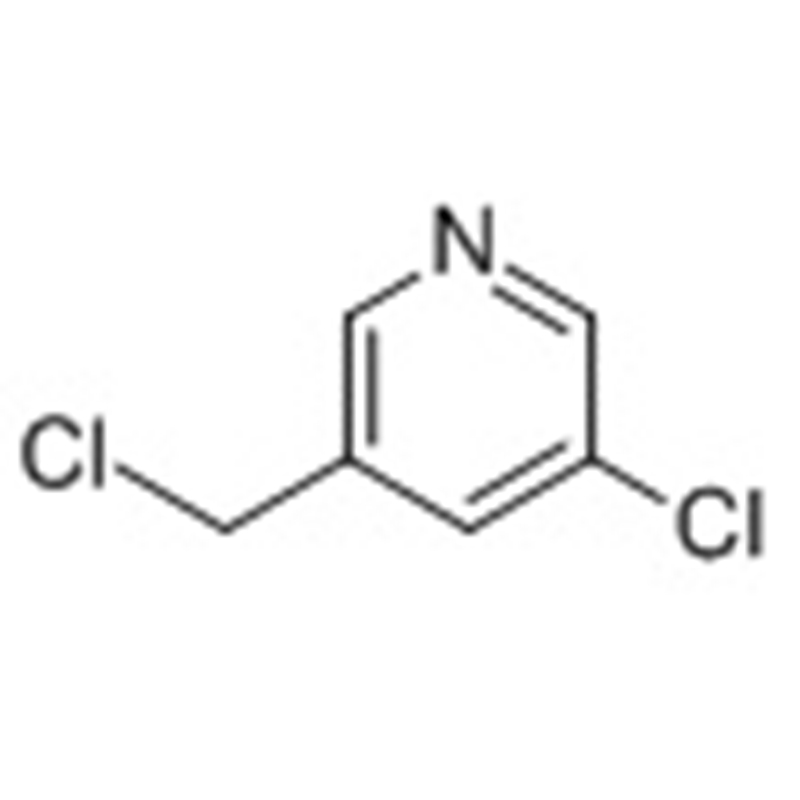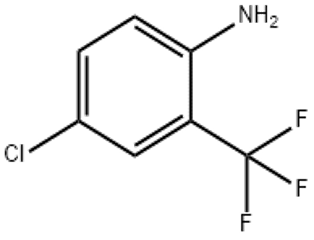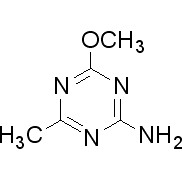2,3-Difluoro-5-chloropyridine(CAS#89402-43-7)
| Risk Codes | R22 – Harmful if swallowed R52/53 – Harmful to aquatic organisms, may cause long-term adverse effects in the aquatic environment. R10 – Flammable R36/37/38 – Irritating to eyes, respiratory system and skin. R20/21/22 – Harmful by inhalation, in contact with skin and if swallowed. |
| Safety Description | S23 – Do not breathe vapour. S36 – Wear suitable protective clothing. S61 – Avoid release to the environment. Refer to special instructions / safety data sheets. S26 – In case of contact with eyes, rinse immediately with plenty of water and seek medical advice. |
| UN IDs | 2810 |
| WGK Germany | 3 |
| Hazard Note | Harmful |
| Hazard Class | 3 |
| Packing Group | III |
Introduction
2,3-Difluoro-5-chloropyridine is an organic compound. It is a colorless to pale yellow liquid with a peculiar odor. The following is an introduction to the properties, uses, preparation methods and safety information of this compound:Quality:- It is soluble in many organic solvents such as ethanol, dimethylformamide, and chloroform.- The compound is relatively stable in air and does not decompose easily under strong acid and alkali conditions.Use:- 2,3-Difluoro-5-chloropyridine is often used as an important intermediate in organic synthesis.- It can be used in the preparation of antimicrobials, insecticides, glyphosate (a herbicide), pyridine compounds, etc.- The compound can also be used in the synthesis of aromatic compounds, such as pyridones, pyrroles, and pyrazoles.Method:- 2,3-difluoro-5-chloropyridine is prepared in a variety of ways, and the common method is obtained by the reaction of 2,5-difluoropyridine and chloroyl fluoride.- In addition, it can also be prepared by other organic synthesis methods.Safety Information:- 2,3-difluoro-5-chloropyridine is a toxic compound and should be avoided from direct contact with the skin or inhalation of its vapors.- Care should be taken to prevent ignition and avoid contact with oxidants during use or storage.- Use in laboratories or industrial production should follow relevant safety operating procedures and wear appropriate personal protective equipment such as gloves, goggles, and protective clothing.








